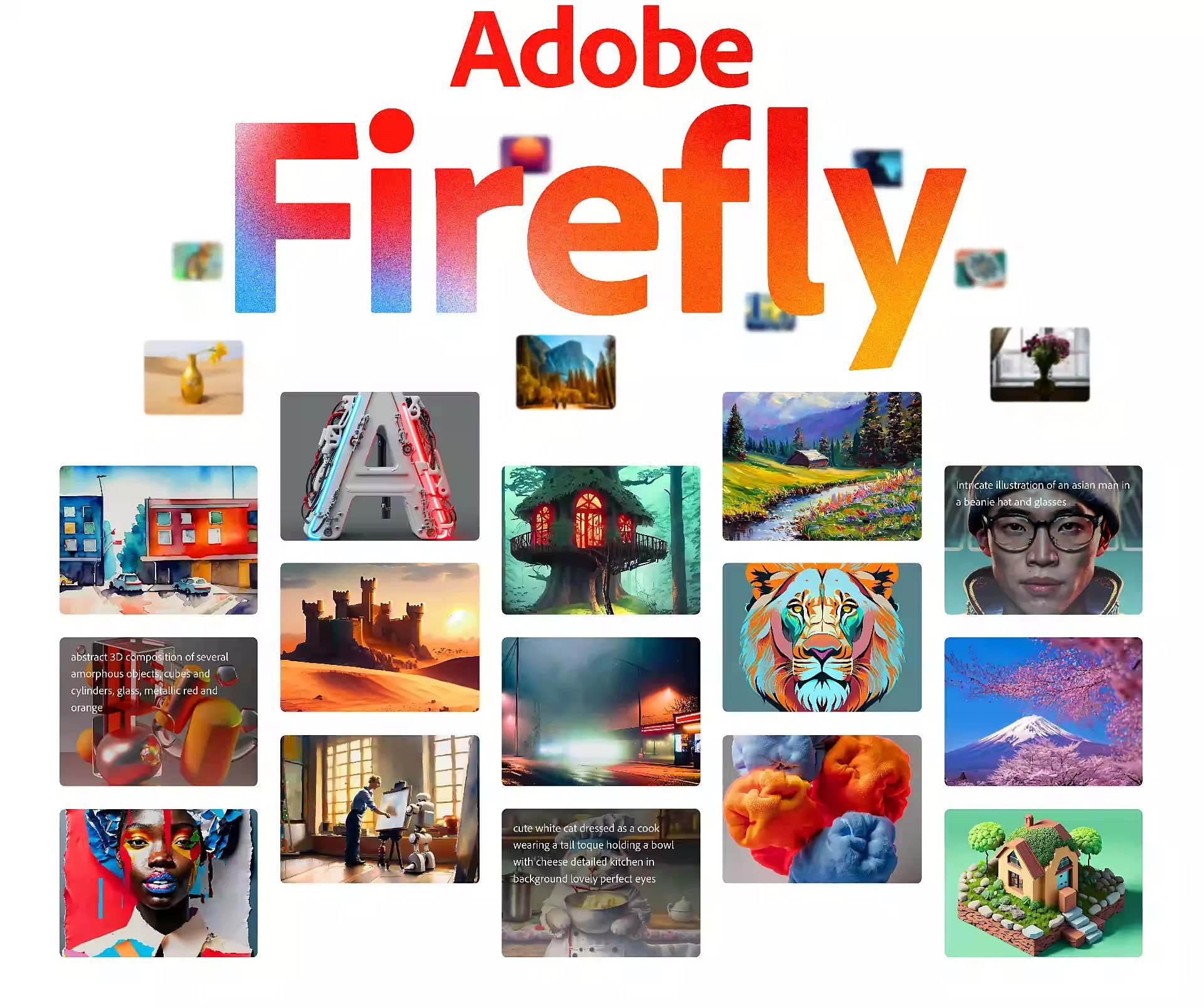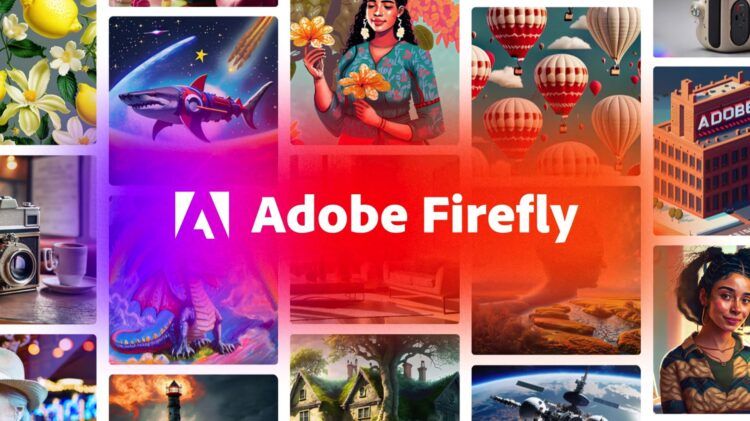Adobe Firefly AI is introduced as the first in a new family of generative artificial intelligence models. Specifically designed for creating images and text effects, this groundbreaking AI model has launched in beta today, much to the excitement of tech enthusiasts around the world.
According to Adobe, the Firefly AI is composed of several models, each one tailored to serve a wide range of customers with varying skillsets and technical backgrounds. This versatility ensures that the AI can be used for a variety of use cases, making it an incredibly valuable tool for professionals in a variety of fields.
As the first of its kind, the Adobe Firefly AI promises to revolutionize the way we create and design images and text, with its advanced generative capabilities paving the way for a whole new era of creativity and innovation. As such, it is expected to be a major game-changer in the tech industry, and we can’t wait to see what other innovations Adobe has in store for us in the future.
“Generative AI is the next evolution of AI-driven creativity and productivity, transforming the conversation between creator and computer into something more natural, intuitive and powerful. With Firefly, Adobe will bring generative AI-powered ‘creative ingredients’ directly into customers’ workflows, increasing productivity and creative expression for all creators from high-end creative professionals to the long tail of the creator economy,” said David Wadhwani, president of digital media business of Adobe.
Adobe Firefly AI doesn’t train itself with stolen photos
Setting itself apart from other generative AI models, Adobe has emphasized that the Adobe Firefly AI was built entirely on its own proprietary resources, rather than relying on the back of stolen images. Specifically, Adobe has stated that Firefly was trained exclusively on Adobe Stock images, openly licensed content, and public domain content where the copyright has expired, ensuring that it operates within the boundaries of copyright law.
Furthermore, the company has made it clear that Adobe Firefly AI is focused specifically on generating images and text effects that are safe for commercial use. This emphasis on commercial safety ensures that the generated content can be used in a professional setting without fear of copyright infringement, making it an incredibly valuable tool for businesses and creative professionals alike.
“Adobe Stock’s hundreds of millions of professional-grade, licensed images are among the highest quality in the market and help ensure Firefly won’t generate content based on other people’s or brands’ IP,” Adobe says.
“Future Firefly models will leverage a variety of assets, technology and training data from Adobe and others. As other models are implemented, Adobe will continue to prioritize countering potential harmful bias.”
The company says that Adobe Firefly AI model is built on a “customer-centric” approach to generative AI, with a specific focus on benefiting creators and artists by supplementing their skills. This is especially important given the significant increase in demands placed on content creators in recent years, as highlighted in a recent Adobe study which found that these demands have doubled in the past year alone.

To address these challenges, Adobe is committed to “easing the burden” on creators by providing a system of solutions that enable them to work faster and with fewer roadblocks. This is achieved through the Adobe Firefly AI, which can be trained with a user’s own specific collateral, allowing for the generation of images and effects that fit a personal style or brand language.
In addition to this, the company has plans to make Adobe Firefly AI available via APIs on various platforms, thereby enabling customers to integrate the AI into custom workflows and automation. This means that users can benefit from the capabilities of Firefly in a way that suits their specific needs, further enhancing the flexibility and versatility of this groundbreaking AI model.
“Adobe founded the Content Authenticity Initiative (CAI) to create a global standard for trusted digital content attribution. With more than 900 members worldwide, the role of CAI has never been more important,” Adobe stated.
“Adobe is pushing for open industry standards using CAI’s open-source tools that are free and actively developed through the non-profit Coalition for Content Provenance and Authenticity (C2PA). These goals include a universal ‘Do Not Train’ Content Credentials tag in the image’s Content Credential for creators to request that their content isn’t used to train models. The Content Credentials tag will remain associated with the content wherever it is used, published or stored. In addition, AI generated content will be tagged accordingly,” they added.
Adobe’s first Generative AI initiative
Earlier this year, Adobe faced accusations of auto-enabling its “Content Analysis” section of its privacy and personal data collection permissions, which would allow the company to use any photographer’s work to train its AI. The permission explicitly stated that Adobe may analyze a user’s content using techniques such as machine learning for pattern recognition, with the aim of developing and improving products and services.
However, Adobe denied these claims, asserting that it did not use any data stored in any customer’s Creative Cloud account to train experimental generative AI. Based on how it trained Adobe Firefly AI, this assertion appears to be true.
Those interested in exploring the capabilities of Firefly can now sign up for the beta version on Adobe’s website. By offering users the ability to train the AI with their own personal collateral and integrate it into custom workflows, Adobe has opened up a world of possibilities for content creators and artists looking to enhance their work in new and innovative ways.
We are in the era of AI generators. Have you heard the Runway AI Gen-2? It’s a major leap forward in text to video technology!





